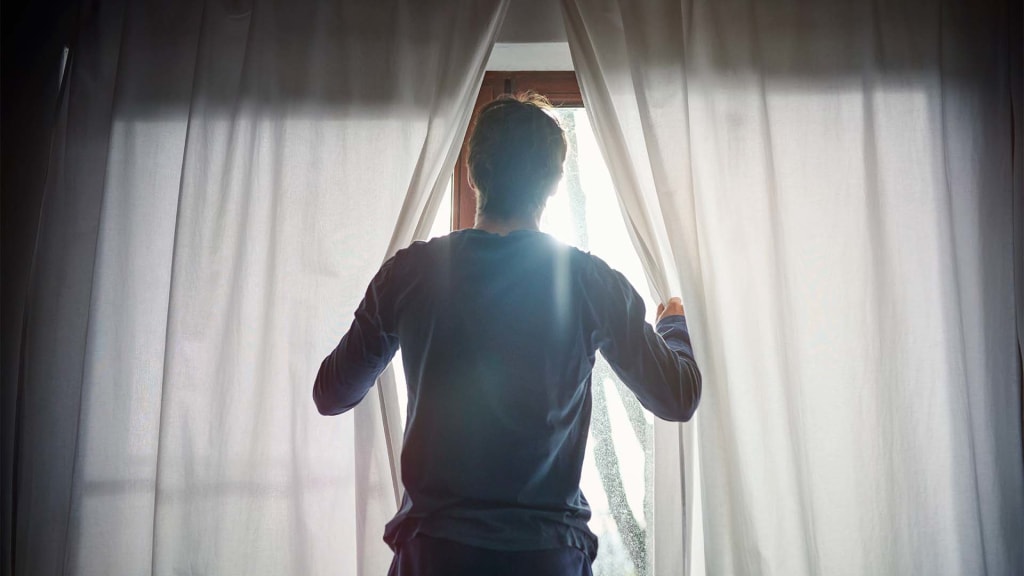‘Spring Forward, Fall Back’ Isn’t Going Away Anytime Soon. Here’s How to Make It Less Painful

Table of Contents

There is no doubt about it: Americans detest turning their clocks ahead in spring and backward in tumble. In truth, the U.S. Senate, typically a extremely contentious physique, voted unanimously to retain our clocks established to daylight saving time endlessly. Even so, I’m rather specific that “spring forward, fall back again” will be with us for numerous years to appear, and we ought to all find out to make the ideal of it.
In a YouGov poll of 1,500 Individuals, 63 percent of respondents claimed they required to quit transforming the clock 2 times a year. Only 16 % wanted to preserve accomplishing it, with 21 per cent undecided. All those figures are ideal in line with my personal informal poll of the far more than 500 Inc.com viewers who get a day-to-day textual content from me with a motivational micro-challenge or self-treatment suggestion. Most said they hated modifying the time again and forth. A few who experienced moved to Arizona (the place there is no daylight preserving time), claimed they liked no for a longer period obtaining the time transform. Various quoted research showing that the time improvements at the commence and end of daylight saving time seem to induce an improve in the two auto accidents and strokes.
But when it arrived to the concern of which time ought to be long-lasting–typical time or daylight conserving–the response wasn’t so clear. A minimal more than 50 % required long-lasting daylight savings, stating how vital it was for themselves and some others to have some daylight time soon after function, and that it would probably profit the overall economy as properly.
Quite a few others, especially those with young children, failed to like daylight preserving time at all. Mom and dad of faculty-aged young children told me that daylight saving time was hard on their kids. It was tricky to get the young children up for faculty in the early morning when it was dark, and equally tricky to get them into mattress at a reasonable hour when it stayed light so late. One noted that in some components of the region, everlasting daylight preserving time would set sunrise immediately after 9 a.m. in the course of the shortest days of winter. That would mean youngsters heading to college in the dark, which could develop a protection situation.
Some also observed that, if you stick to the science, you should want producing regular time permanent since it more closely matches our have circadian rhythms, which is commonly healthier. That could be especially crucial for youngsters, who by now battle with obtaining up in the morning for biological factors, and who are now struggling with a nationwide sleep deprivation disaster.
We experimented with this as soon as in advance of.
So that’s the conundrum. A everlasting change to standard time would be healthier for absolutely everyone, especially children and teens, but most men and women prefer a change to everlasting daylight conserving time. Or at minimum, they think they choose it. They may well be mistaken, although, because it was tried once before. In 1973, Congress passed a monthly bill to make daylight preserving time long term, and president Richard Nixon signed it. At the time, 79 percent of People supported the modify. That support pale as children started likely to college in the darkish, some of them carrying flashlights. A six-yr-previous female in Alexandria, Virginia was hit by a automobile in the pre-dawn darkness, breaking her leg. By the time the legislation was repealed ten months later, only 42 percent of the public however desired it.
Many associates of Congress are previous ample to bear in mind these activities, and most know that accomplishing away with the two times-a-yr time modify is much more difficult than it 1st seems. That may well be why Dwelling leaders both voiced their support for the popular concept of lasting daylight conserving time and declined to say when or irrespective of whether they would basically vote on it. My guess is that lasting daylight conserving time will both fade absent for deficiency of a vote or, if it does pass, will be repealed someday afterwards just as it was in the 1970s.
If I am suitable that we’ll be stuck springing ahead and falling again for the foreseeable long run, it’s probably clever to approach for the 2 times-a-year alter so you can lessen its outcomes.
1. Make guaranteed you get plenty of snooze.
Lack of sleep and disorientation is what drives the destructive outcomes of shifting the time. So while it is usually important to check out and get 8 hrs of snooze at least every night, it can be particularly significant in the times major up to the time change. Make slumber a precedence for people few times even if you are unable to do it the relaxation of the 12 months.
2. Use routines to reset your inside clock.
At Inc.com, we produce a large amount about how common every day routines can profit your mood, productiveness, and even brain operate. Here is just one extra purpose to adore a nicely-crafted regimen: It can support you adapt to daylight preserving time and also get above jet lag more rapidly. That is mainly because if, say, you drink a cup of tea and spend five minutes meditating at exactly 7 a.m. just about every working day, when you drink that tea and sit down for that meditation, you are telling your unconscious brain that it is now 7 a.m.
3. Create a humane routine for yourself and your employees.
Switching to an before early morning, or a later on evening, is tricky for both you and the persons who work with you. So get that into account when setting perform schedules and group meetings. You should not be expecting your staff members, colleagues, prospects–or oneself–to be thoroughly warn and mentally engaged at an 8 a.m. conference the week following daylight saving begins, and don’t hope them to be at their finest at 4 pm on the 7 days soon after it finishes. Preventing each early-morning and late-afternoon meetings is smart any time of the 12 months due to the fact it suggests you can be assembly with staff members when they are most warn and finest able to lead new ideas or take in new facts. But in the weeks when daylight saving time commences or ends, it truly is specifically significant.
And if you’d like to understand extra about my day-to-day micro-obstacle texts, here’s far more comprehensive information, and an invitation to an prolonged absolutely free trial.







